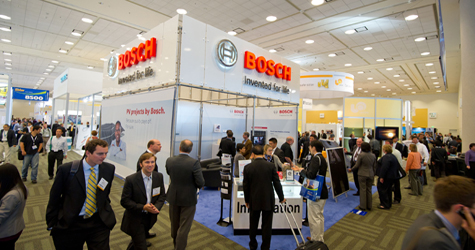- In the next 30 years, the UK power sector needs to build: 48 natural gas units, 66 biomass facilities, 6 nuclear power stations, and 6,520 offshore wind turbines, under the Committee for Climate Change (CCC) Net Zero scenario.
- There are undefined unit numbers for 20GW of onshore wind, 80GW of solar, and 15-30GW of energy storage.
- Atkins calculated that the UK is currently achieving 43 per cent of the required build rate
- The future energy system will rely heavily on three industries still in their infancy – carbon capture and storage (CCS), energy storage and hydrogen production
- A Government “Energy System Architect” is essential to bring risk-based engineering judgement and create an optimal, reliable and balanced system
A whitepaper by Atkins – a member of the SNC-Lavalin Group – has calculated the build rate and numbers of units required across the energy sector and areas of urgent significant government investment in order for the UK to meet its Net Zero 2050 target.
The whitepaper, entitled “Race to Net Zero”, concludes that for the CCC Net Zero scenario, 48 natural gas units, 66 biomass facilities, 6 nuclear power stations, and 6,520 offshore wind turbines are needed, as well undefined unit numbers for 20GW of onshore wind, 80GW of solar, and 15-30GW of energy storage.
The findings followed analysis of the CCC Net Zero scenario which estimates that the UK needs to build 9 to 12 GW per year, for the next 30 years, and predicts power in 2050 will be generated by nuclear (11%); wind and solar (58%); combined cycle gas turbines with carbon capture storage (22%); and bioenergy with carbon capture storage (6%). The whitepaper also concludes that these percentages will be subject to change due to factors including a higher need for low carbon firm power, rising system costs and industrial capability.
Atkins’ whitepaper – which builds on its comprehensive Engineering Net Zero report – also highlights the major challenges of creating significant CCS, energy storage and hydrogen production capacity, and calls for urgent government investment to ensure that the required built rate can be achieved and any risk of relying on new technologies can be assessed. In addition, the paper recommends that a single government body or ‘Energy System Architect’ is established to plan and optimise the 2050 energy system, and to evaluate whole life cost.
Dr David Cole, Market Director for Power Generation Assets, Nuclear and Power at Atkins, said: “Market intervention in the UK offshore wind industry saw the cost of construction and electricity come down, resulting in the UK now being a global leader in deploying renewables. Similar intervention is now required across nuclear, new technologies and other energy sources so that the UK energy industry can construct the above number of facilities in enough time.
“We must replace almost all our current generating capacity and build as much again, and to put this context, the highest we’ve reached was 6GW in 2012 of gas and renewables infrastructure. The longer we wait, the higher these numbers will rise.
“In the midst of a global crisis, it can be overwhelming to think of future targets, but climate change is not going to fade away and thirty years is not a long time – we must act now; the government must act now.”
The company continues to add to the Engineering Net Zero site to include analysis on the energy, infrastructure and transportation sectors to give policy makers a holistic view of the challenges facing the UK











